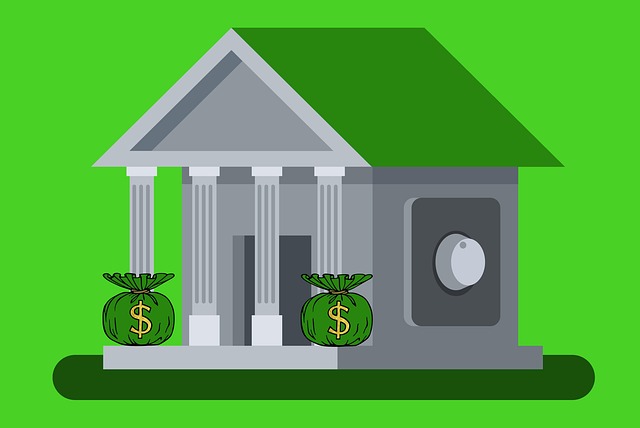Financing options instead of buying outright offer significant advantages in capital preservation and financial risk reduction. By spreading payments over time, individuals can manage their finances more effectively, keeping hard-earned money accessible for investment or emergency savings. This approach is crucial in today's unpredictable economic landscape, providing financial security and versatility. Understanding how interest rates affect long-term savings is key; financing, with lower monthly payments, enhances capital preservation through reduced financial strain.
“Consider financing over buying outright to harness significant advantages, especially in today’s economic climate. This approach offers reduced financial risk and capital preservation, allowing businesses to manage cash flow more effectively. By understanding the tax benefits and strategic planning opportunities it provides, you can unlock growth potential. Accessing larger projects becomes feasible, positioning your business for substantial expansion. In this article, we explore why financing is a game-changer, particularly in dynamic industries, and how it ensures a flexible path to success while preserving capital.”
- Reduced Financial Risk and Capital Preservation
- – Discuss how financing allows for more flexibility in managing cash flow
- – Compare the impact of interest rates on long-term savings versus immediate purchase
Reduced Financial Risk and Capital Preservation

When considering financing options instead of buying outright, one significant advantage lies in the realm of financial risk reduction and capital preservation. By spreading out payments over time, individuals can manage their finances more effectively, avoiding the burden of a large upfront cost. This approach ensures that your hard-earned money remains accessible and potentially invested elsewhere, serving as a safeguard against unexpected financial crises.
Unlike buying outright, financing allows you to allocate funds for other strategic investments or emergency savings. This strategy promotes a sense of financial security, as it keeps your capital preserved and versatile. In today’s unpredictable economic landscape, preserving capital is a prudent step towards securing your future financial stability.
– Discuss how financing allows for more flexibility in managing cash flow

Financing offers a breath of fresh air for individuals and businesses looking to acquire assets, providing a much-needed flexibility in managing cash flow. When you finance an purchase, you’re essentially spreading out the cost over time, which means you don’t have to shell out a large sum upfront. This is particularly beneficial for those prioritizing capital preservation or navigating tight financial circumstances. Instead of diverting substantial funds into a single acquisition, financing allows for a steady, manageable payment stream, leaving more room in your budget for other essential expenses or unexpected financial obligations.
This approach offers a range of advantages, from avoiding the immediate strain on cash reserves to gaining potential tax benefits depending on the jurisdiction and type of financing. Moreover, it provides the freedom to upgrade or replace assets down the line without incurring the same level of financial burden as a one-time, large purchase. Such flexibility is invaluable in today’s dynamic economic landscape, where adaptability and strategic resource allocation can be the keys to long-term success.
– Compare the impact of interest rates on long-term savings versus immediate purchase

When considering financing over buying outright, it’s crucial to understand how interest rates can impact your long-term savings. Buying an asset and paying in full immediately might seem appealing due to avoiding future payments, but it doesn’t account for the power of compound interest. Over time, interest rates can significantly erode your savings, especially on larger purchases where the interest as a percentage of the principal is smaller.
On the other hand, financing allows you to pay off the debt over an extended period, often with lower monthly payments. This approach enables better capital preservation by spreading out the financial burden. Even modest interest rates can compound and grow into substantial savings compared to the immediate outlay of purchasing an asset outright.
